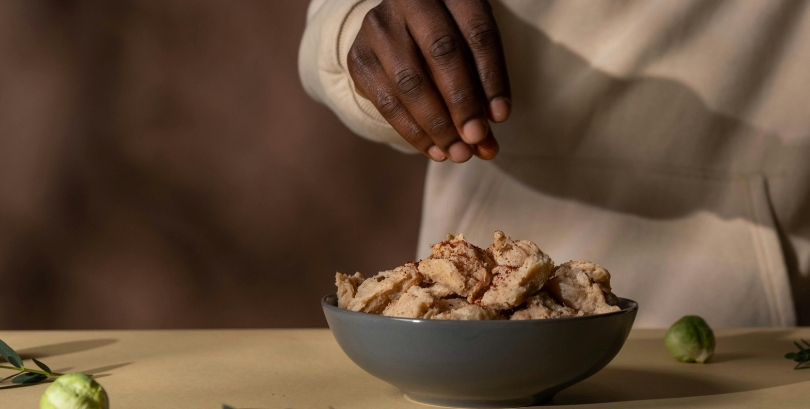The global demand for meat substitutes is growing rapidly, driven by environmental concerns, health consciousness, and ethical choices. But what many consumers don’t see is the advanced technology powering this food revolution.
Also Read: How Tech Has Changed Our Food Habits
Discover some core technologies that are making meat substitute production possible.
Producing a high-quality meat substitute is a blend of science, engineering, and culinary innovation. Let’s dig a little deeper into how this is achieved.
Precision Fermentation
One of the most exciting developments in meat substitute production is precision fermentation. This process uses genetically engineered microbes to produce proteins that mimic those found in animal meat. These proteins can be used to replicate the taste, texture, and even nutritional value of real meat without relying on animal agriculture.
Extrusion Technology
Texture is crucial when it comes to replicating meat. High-moisture extrusion is a technology that transforms plant proteins like soy or pea into fibrous, meat-like structures.
This process applies heat, pressure, and moisture to protein mixtures, aligning their molecules into strands that resemble animal muscle. It’s the key behind the chewy bite of many popular meat substitute products.
Cell Culturing (Cultured Meat)
Though still in its early stages commercially, cultured meat is gaining momentum. This method involves growing animal cells in a controlled lab environment, eliminating the need to raise and slaughter animals.
While technically not a traditional meat substitute, it serves the same purpose of providing meat-like products with a fraction of the environmental footprint. The technology combines biotechnology, bioreactors, and growth media in a way that could redefine the industry.
Flavor Engineering
Flavor is one of the toughest challenges in meat substitute innovation. Natural meat contains a complex blend of amino acids, fats, and aroma compounds that are hard to mimic.
Through flavor engineering, scientists analyze the molecular composition of meat and replicate it using plant-based or lab-created compounds. This science ensures that meat substitutes don’t just look the part but taste the part too.
Binding and Fat Technologies
To hold it all together and create juiciness, producers rely on binding agents and fats such as methylcellulose, coconut oil, or sunflower oil. Innovations in encapsulated fats and protein binders ensure that the final product has a mouthfeel and moisture level similar to real meat.
This is a vital aspect of developing a convincing meat substitute.
Conclusion
Behind every meat substitute product lies a web of cutting-edge science and engineering. As technology advances, these alternatives are becoming more realistic, accessible, and sustainable. Whether you’re a flexitarian, vegan, or simply curious, the future of food is being reshaped one breakthrough at a time.
Tags:
InnovationTech InsightsAuthor - Abhishek Pattanaik
Abhishek, as a writer, provides a fresh perspective on an array of topics. He brings his expertise in Economics coupled with a heavy research base to the writing world. He enjoys writing on topics related to sports and finance but ventures into other domains regularly. Frequently spotted at various restaurants, he is an avid consumer of new cuisines.



